#Maria Mayer
Text

mary oliver, from october
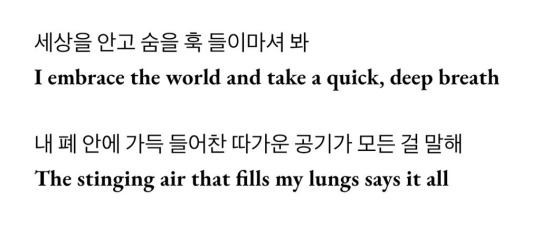
rm, everythingoes (trans. doolsetbangtan)
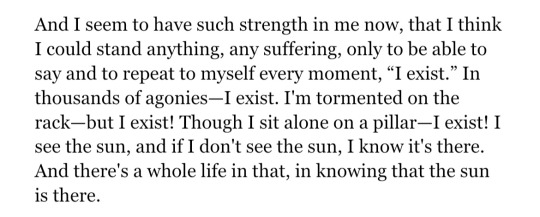
fyodor dostoyevsky, from the brothers karamazov

yumi sakugawa (source)
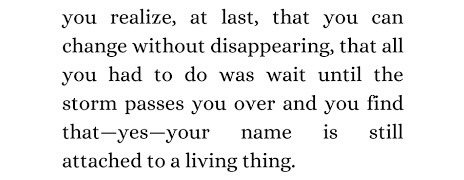
ocean vuong, from on earth we're briefly gorgeous

sylvia plath, from the bell jar

bernadette mayer, from the way to keep going in antarctica
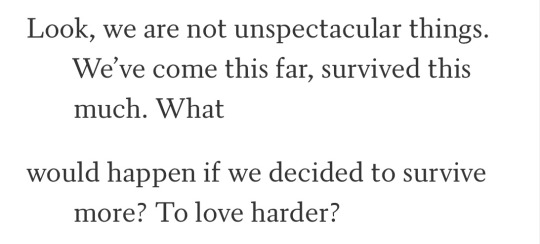
ada limón, from dead stars

rainer maria rilke, from letters to a young poet

mary oliver, from moments
#to live! to live! to live !!!!!!!!#web weaving#parallels#mary oliver#rm#kim namjoon#bts#fyodor dostoyevsky#yumi sakugawa#ocean vuong#sylvia plath#bernadette mayer#ada limón#rainer maria rilke#did i do it right#mine#words#ummmm#on living#because it's a monday again and my heart feels heavy with grief and all the time i feel tired and lost and untethered but still#my heart is full of hope and it will live forever in me i think i will never let go of it no matter the weight of living
2K notes
·
View notes
Text

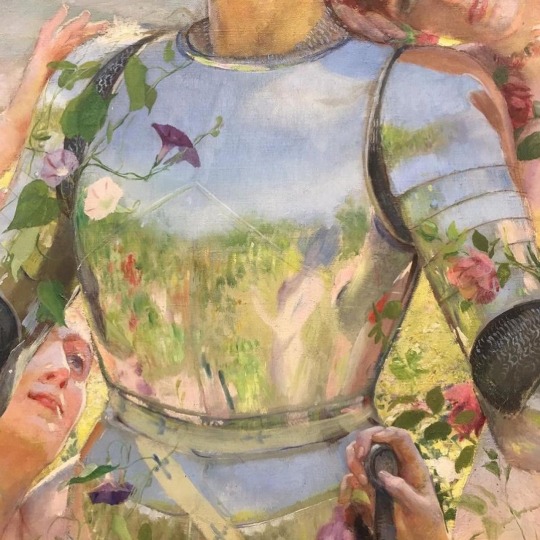

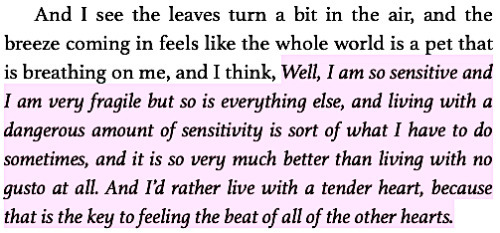


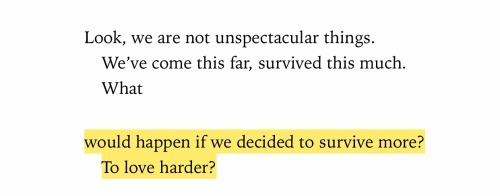


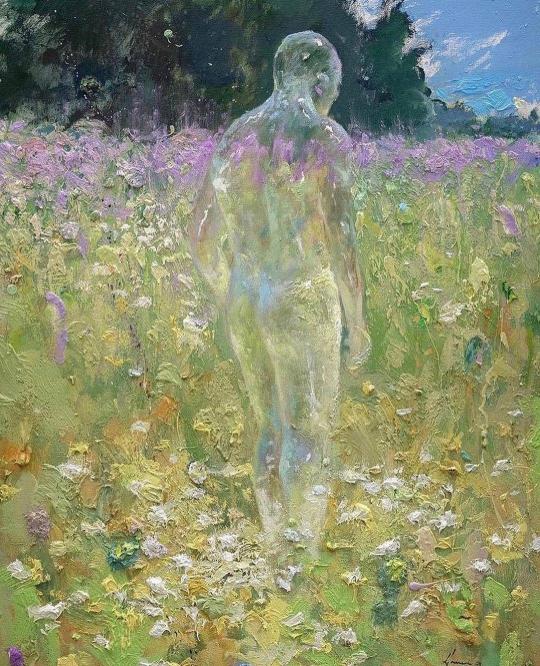

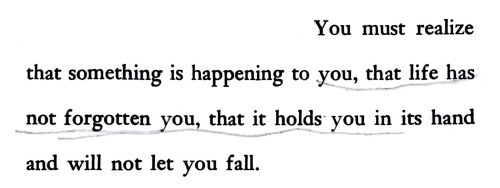



Notebooks 1951-1959 by Albert Camus // The Knight of the Flowers (detail) by Georges Rochegrosse // The Way to Keep Going in Antarctica by Bernadette Mayer // Little Weirds by Jenny Slate // Nausea by Jean-Paul Sartre // The Fairy Glen by Steve Gill // The Carrying by Ada Limón // All the Gay Saints by Kayleb Rae Candrilli // Mirrors X by Nikki Giovanni // The Poet by Reynier Llanes // The Wanderings of Oisin by W.B Yeats // Letters to a Young Poet by Rainer Maria Rilke // Letter to Gustave Flaubert X by George Sand // When I Grow Up I Want to Be a List of Further Possibilities by Chen Chen // Waterlilies by Claude Monet
#w#tenderness#web weaving#albert camus#bernadette mayer#jenny slate#jean paul sartre#ada limon#nikki giovanni#wb yeats#rainer maria rilke#george sand#chen chen#claude monet#poetry#art
2K notes
·
View notes
Text


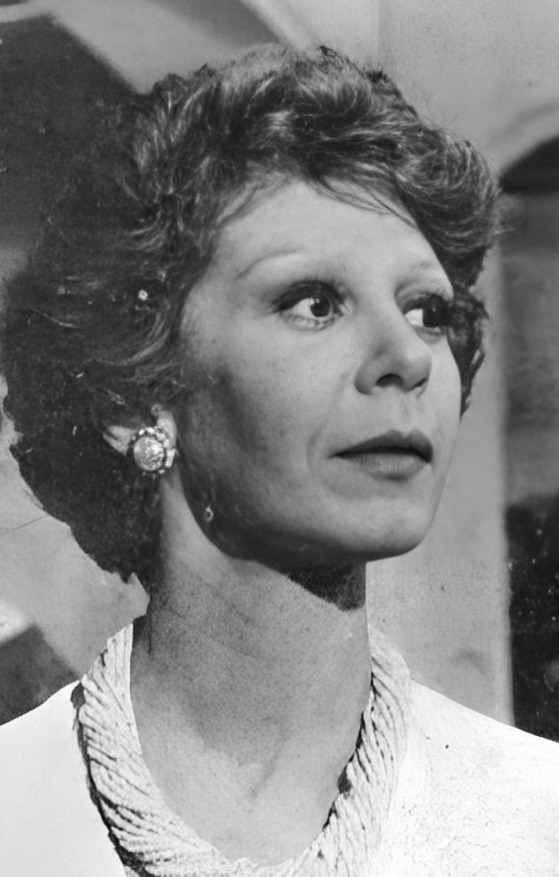
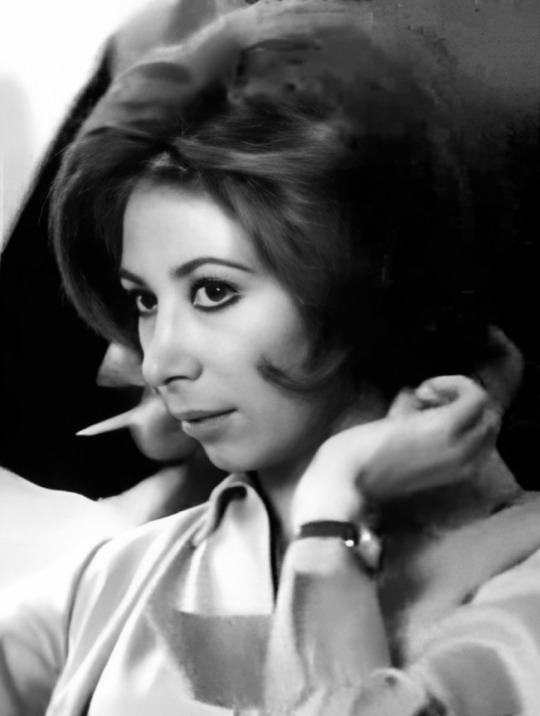

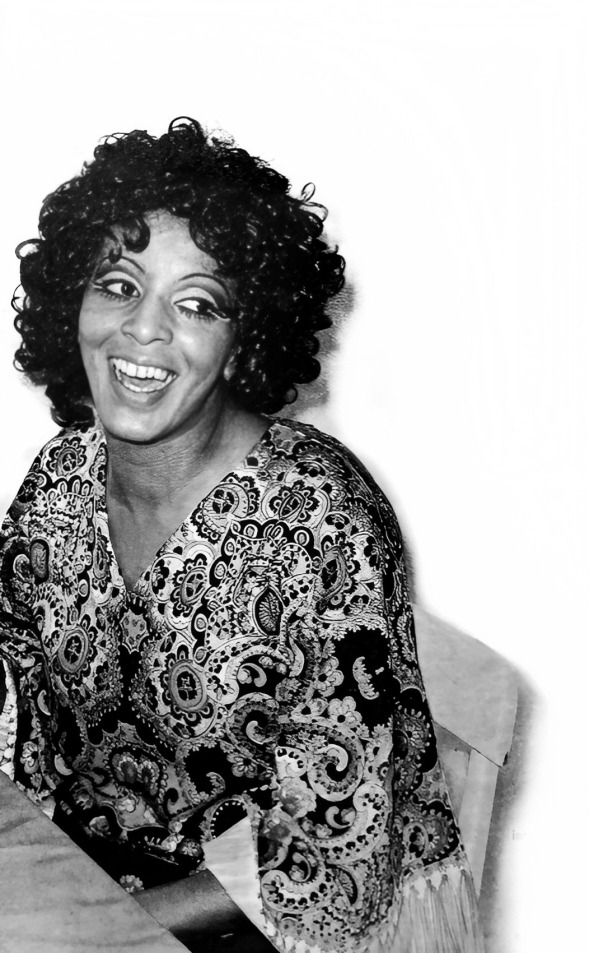

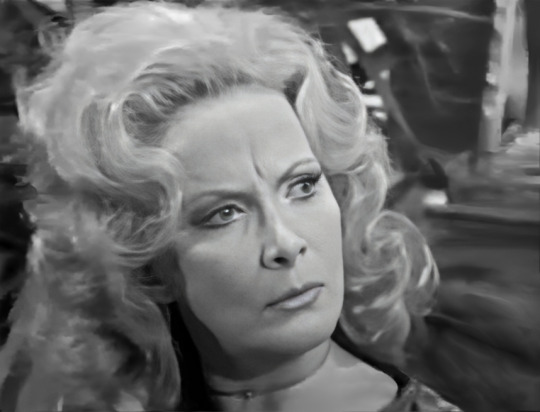





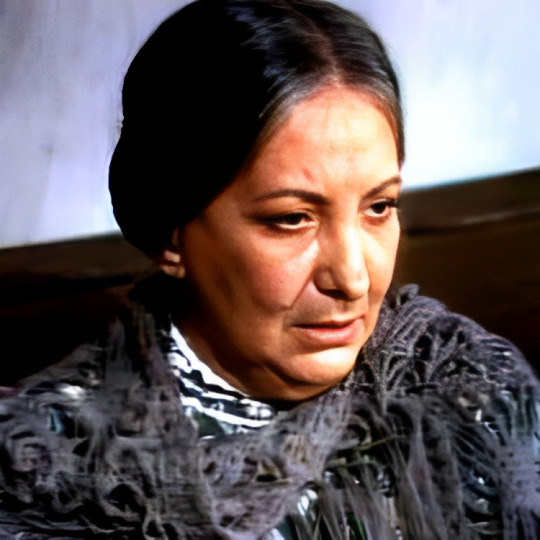


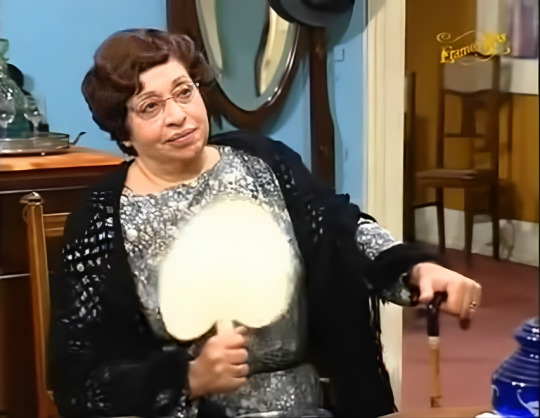
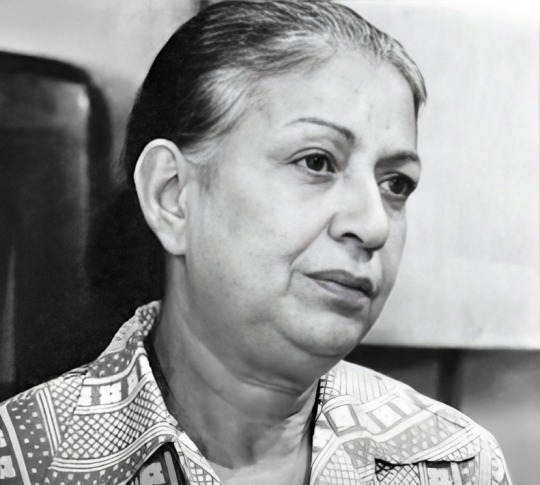




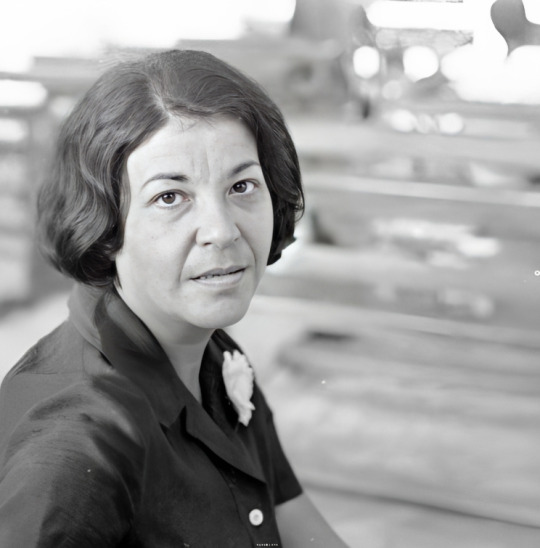
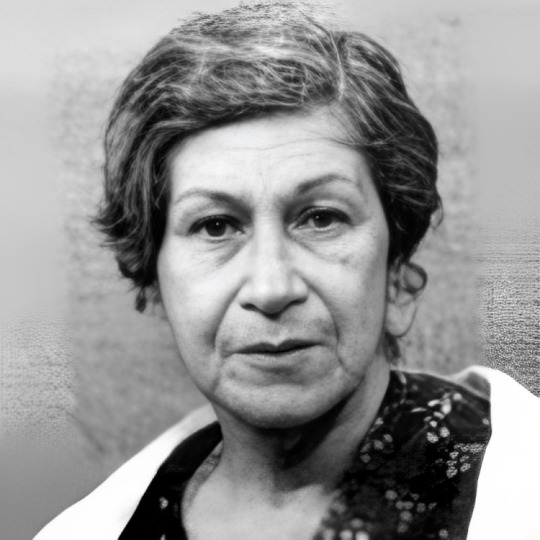

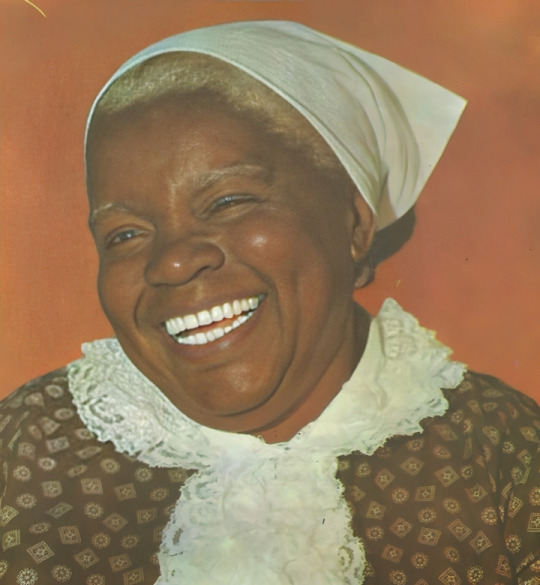
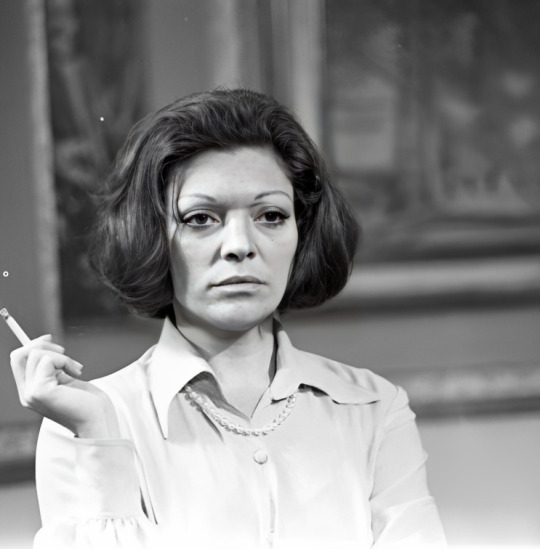
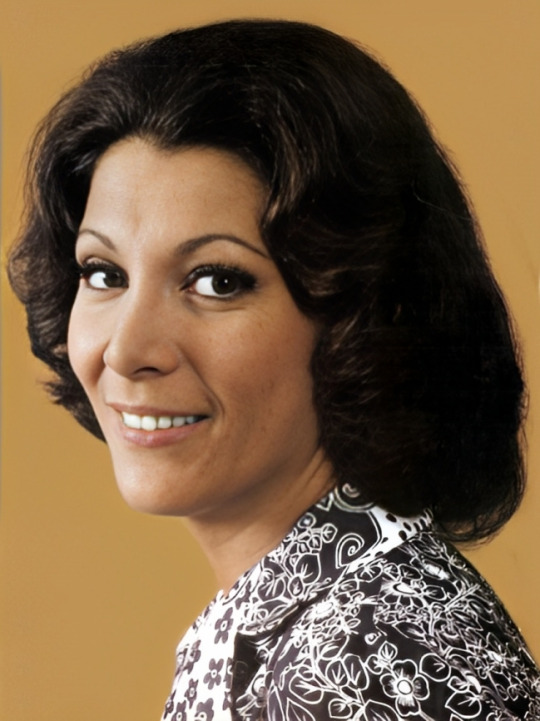


30 grandes atrizes brasileiras, raramente lembradas hoje:
Flora Geny
2. Bárbara Fazio
3. Isabel Teresa
4. Ileana Kwasinski
5. Joséphine Hélene
6. Jacyra Silva
7. Carmem Marinho
8. Carminha Brandão
9. Léa Camargo
10. Lúcia Lambertini
11. Iracema de Alencar
12. Maria Aparecida Baxter
13. Maria Vidal
14. Gilda Sarmento
15. Dina Lisboa
16. Norah Fontes
17. Wilma de Aguiar
18. Lourdes Mayer
19. Wanda Kosmo
20. Yolanda Cardoso
21. Suzy Arruda
22. Riva Nimitz
23. Ana Ariel
24. Yara Salles
25. Antônia Marzullo
26. Isaura Bruno
27. Maria Luiza Castelli
28. Maria Estela
29. Carmen Monegal
30. Isolda Cresta
Aplausos!
#flora geny#barbara fazio#isabel teresa#ileana kwasinski#josephine helene#jacyra silva#carmem marinho#carminha brandao#lea camargo#lucia lambertini#iracema de alencar#maria aparecida baxter#maria vidal#gilda sarmento#dina lisboa#norah fontes#wilma de aguiar#lourdes mayer#wanda kosmo#yolanda cardoso#suzy arruda#riva nimitz#ana ariel#yara salles#antonia marzullo#isaura bruno#maria luiza castelli#maria estela#carmen monegal#isolda cresta
2 notes
·
View notes
Text
I've begun playing around with chatGPT as a way of learning about a wider variety of physicists. In this first go, I asked about underrepresented physicists in general:
"There have been many talented and accomplished physicists throughout history who have been underrepresented or overlooked due to a variety of factors such as discrimination, bias, and lack of opportunities. Here are a few examples of underrepresented physicists:
There have been many talented and accomplished physicists throughout history who have been underrepresented or overlooked due to a variety of factors such as discrimination, bias, and lack of opportunities. Here are a few examples of underrepresented physicists:
Chien-Shiung Wu: Wu was a Chinese-American physicist who made significant contributions to the study of nuclear physics. Despite her many achievements, she was often overlooked and not given the recognition she deserved due to the prejudice and discrimination she faced as a woman and as an immigrant.
Sophie Germain: Germain was a French mathematician and physicist who made important contributions to the study of elasticity and the theory of numbers. Despite her talent and her many accomplishments, she faced significant obstacles due to her gender and was often not taken seriously by her male colleagues.
Maria Goeppert Mayer: Mayer was a German-American physicist who made important contributions to the understanding of the structure of the atomic nucleus. She was awarded the Nobel Prize in Physics in 1963, but her contributions were often overshadowed by those of her male colleagues.
Rosalind Franklin: Franklin was a British biophysicist who made important contributions to the understanding of the structure of DNA. Despite her significant contributions to the field, she was not given due credit for her work and was not included as a co-recipient of the Nobel Prize in Physiology or Medicine, which was awarded to James Watson, Francis Crick, and Maurice Wilkins for their work on the structure of DNA.
There are many other examples of underrepresented physicists throughout history, and it is important to recognize and acknowledge their contributions to the field."
chatGPT, January 6, 2023
prompt: "Tell me about underrepresented physicists."
#chatgpt#eduai#underrepresented physicists#chien-shiung wu#sophie germain#maria goeppert mayer#rosalind franklin#women in physics#women in STEM#diversity in STEM#diversity in physics#openAI
4 notes
·
View notes
Photo

2 notes
·
View notes
Text
I keep coming back to this article from 2021 because it's an important topic.
It does mention, that for a while the centre of the scientific world was in Germany and one needed to know German to be a physicist-something the Nazis ruined forever.
It talks about how the United States became the centre of the scientific world after WWII and that cemented the place of English. I think that's problematic not just because of cultural Americentrism, but also because even if many prestigious universities and research institutes are in the United States, the reality is that the American people as a whole don't care about science, and the American government does not fund science as much (scaled to population) as in many European countries, South Korea, Israel, China (probably some other countries I'm forgetting).
The position of English as the only language of physics is problematic also because so many people can't read or write scientific papers in their own language (or in some countries, learn physics in their native language), but I'm not sure what the solution is, and this article does little to suggest a solution. In the late 19th century, western physicists needed to have a working knowledge of English, French and German to do physics. Today, with people around the world collaborating on physics papers and going to conferences, and with little barriers to collaboration between western and non-western scientists, one might need to have a working knowledge of 4-8 languages just to keep up with their narrow subfield of physics were it not for everything being in English.
#linguistics#physics#germany#german#americentrism#robert oppenheimer#enrico fermi#lise meitner#albert einstein#maria goeppert mayer#werner heisenberg#ussr#history
0 notes
Text

Maria Goeppert-Mayer by Allison Adams
Maria Goeppert-Mayer (1906-1972) was a German theoretical physicist and winner of the Nobel Prize for developing the nuclear shell model of the atomic nucleus.
#Maria Goeppert-Mayer#art#artwork#Allison adams#women in stem#women in science#female scientists#theoretical physics#herstory#women in history#female portrait#irl women/girls
1 note
·
View note
Text
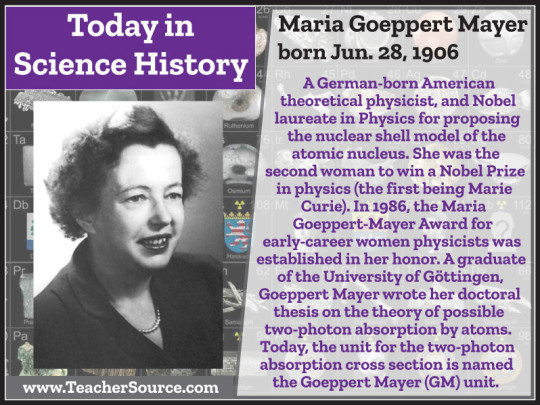
Maria Goeppert Mayer was born on June 28, 1906. A German-born American theoretical physicist, and Nobel laureate in Physics for proposing the nuclear shell model of the atomic nucleus. She was the second woman to win a Nobel Prize in physics (the first being Marie Curie). In 1986, the Maria Goeppert-Mayer Award for early-career women physicists was established in her honor. A graduate of the University of Göttingen, Goeppert Mayer wrote her doctoral thesis on the theory of possible two-photon absorption by atoms. Today, the unit for the two-photon absorption cross section is named the Goeppert Mayer (GM) unit.
#maria goeppert mayer#physics#theoretical physics#atomic nucleus#nuclear shell model#women in history#women in science#nobel prize winners#nobel prize#science#science history#science birthdays#on this day#on this day in science history
1 note
·
View note
Text










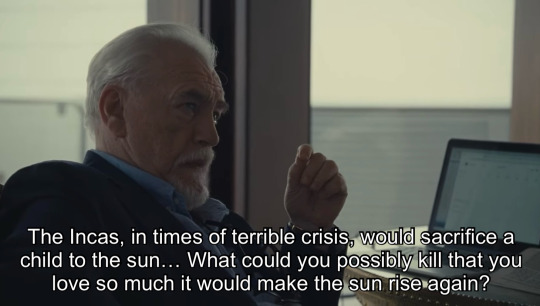

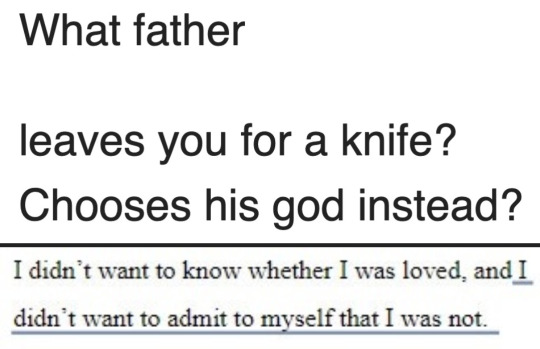






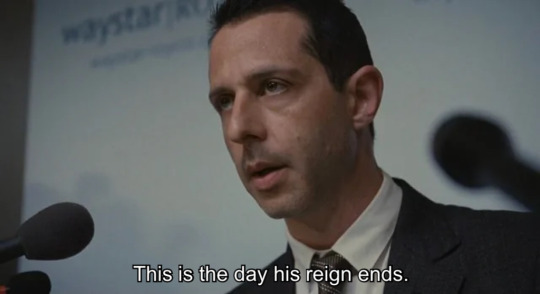



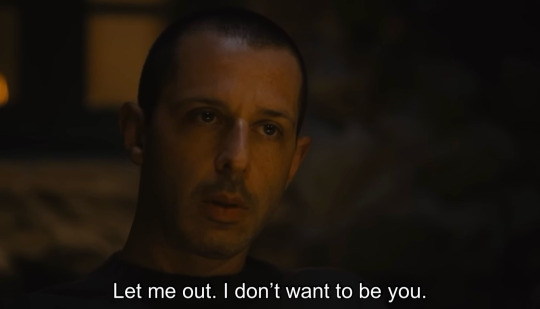






the heir: kendall logan roy
"it's fucking lonely. i'm all apart."
my similar but umm very long roman roy post
veniennes, "DOOMED FROM THE BEGINNING"
jamaica kincaid, the autobiography of my mother
katie maria (heavensghost), "it lingers for your whole life"
veniennes, "DOOMED FROM THE BEGINNING"
sophokles tr. anne carson, an oresteia: agamemnon by aiskhylos, elektra by sophokles, orestes by euripides
key ballah, "on fathers"
desireé dallagiacomo, "origin story"
elizabeth lindsey rogers, "questions about the father"
ivan turgenev, first love
george r. r. martin, a storm of swords
stephen adly guirgis, the last days of judas iscariot
eric kripke, supernatural, "in my time of dying"
amatullah bourdon (butchniqabi), "and my father’s love was nothing next to god’s will"
sam fender, "seventeen going under"
john mayer, "in the blood"
salman rushdie, east, west
george r. r. martin, a storm of swords
ocean vuong, "someday i'll love ocean vuong"
#the whiplash of learning that one of these quotes is from fucking SUPERNATURAL...#anyways i thought this would be short. OOPS!#kendall roy#logan roy#succession#succposting#webweaving#long post#abuse /#i will admit i wasn't a kenny stan. i don't have a lot in common with him.#but i think i like and understand him way more now that i've made this#my posts
267 notes
·
View notes
Text


Propaganda
Maria Montez (Cobra Woman, Arabian Nights)—maria montez was a dominican actress who rose to fame starring in a series of technicolor adventure movies in the 1940s hollywood, becoming popularly known as "the queen of technicolor”. her dramatic persona and elaborate bejeweled attire in these films subsequently lead to her becoming an early camp icon to underground queer filmmakers like jack smith and andy warhol. maria was fiercely determined to become a Movie Star from early on and tirelessly promoted herself (she would be killing it as an influencer today probably) - she deliberately cultivated an outré star persona in the tradition of old school screen vamps like theda bara and alla nazimova and she was always serving no matter where she was or what she was doing.
Judy Garland (Meet Me In St. Louis, A Star is Born, Summer Stock)— Judy is the GOAT when it comes to classic movie musicals. The voice of an angel who deserved so much better than she got. She can sing she can dance she can act she's a triple threat. Though she had a turbulent personal life (her treatment as a child star by the studio system makes me mad as hell like Louis b Mayer fight me ((she was made to believe that she was physically unattractive by the constant criticism of film executives who made her feel ugly and who manipulated her onscreen appearance by capping her teeth and using discs in her nose to change its shape and Mayer called her "my little hunchback" like imagine hearing that as a child and not having damage)) she always goddamn delivered on screen and in any performance she gave. She began in vaudeville performing with her sisters and was signed to MGM at 13. Starting out in supporting parts especially paired with mickey Rooney in a bunch of films (she's the best part tbh) she eventually transferred to the lead role. She is best known for her starring role in movie musicals like the iconic Wizard of Oz (somewhere over the rainbow still hits hard and is ranked the top film song of all time), meet me in St. Louis (Judy singing have your self a merry little Christmas brings tears to the eyes she is that powerful), the Harvey girls (she looks like a technicolor dream and sings a catchy af song about trains), Easter parade ( dancing and singing with Fred Astaire), for me and my gal, the pirate, and summer stock ( with pal Gene Kelly who she helped when he was starting out and he helped her when she was struggling). But she also does non- singing just as well like the clock ( her first movie where she sings no songs and is an underrated ww2 era romance), her Oscar nominated a star is born ( like the man that got away she put her whole soul in that and I have beef with the fact she lost to grace kelly ((whom I love but like still not even her best work)), and judgement at Nuremberg (a courtroom drama about the nazi war criminal trials). Outside of film she made concert appearances to record-breaking audiences, released 8 studio albums, and had her own Emmy-nominated tv series. She was the youngest (39) and first female recipient of the Cecil B DeMille award for lifetime achievement in the film industry. Girl was a lifelong democrat and was a financial and moral supporter of many causes including the civil rights movement (she was at the March on Washington and held a press conference to protest the 16th street Baptist church bombings). She was a friend of the Kennedy family and would call jfk weekly often ending the calls by singing the first few lines of somewhere over the rainbow (she thought of them as Gemini twins).She was a member of the committee for the first amendment which was formed in response to the HUAC investigations. Though she died far too young and tragically she remains an icon for her work and her life. As a girl who didn't feel like i was as pretty as everyone else I have always felt a connection to Judy and I just really love her.
This is round 2 of the tournament. All other polls in this bracket can be found here. Please reblog with further support of your beloved hot sexy vintage woman.
[additional propaganda submitted under the cut.]
Maria:

Dominican actress dubbed the Queen of Technicolor. Starred in colourful action adventure movies and was Universal Studios “glamour girl” of the 1940s. She starred in 26 movies before her untimely death in 1951. Shot to stardom with Arabian Nights in 1942. Fought with universal over roles she was cast in and managed to negotiate better pay for herself before going freelance and starring in European movies.

Judy:
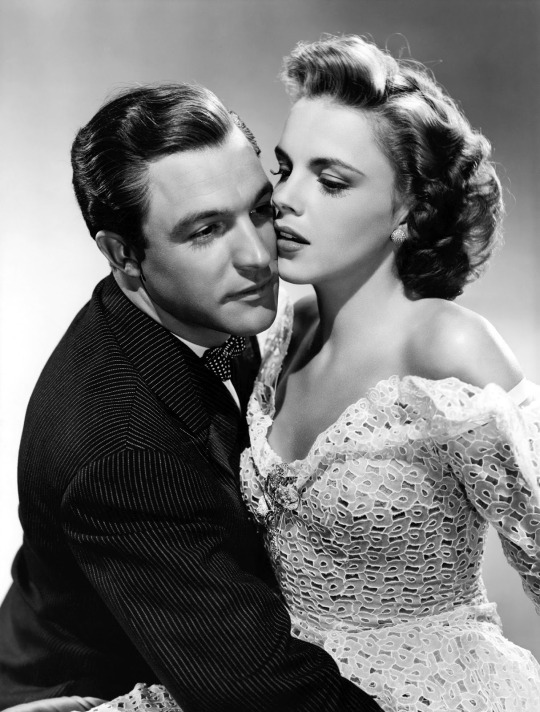
Judy's voice alone qualifies her for at least top ten hottest HOT VINTAGE MOVIE WOMEN. She was a truly incredible swing singer, with a stunning voice on top of her technique. Her short dark hair looked incredible in just about any style. Have I mentioned her swagger? I can’t do it justice with words. She had swagger. She was funny as hell, and clever too. Incredibly charming and cool. I adore her.
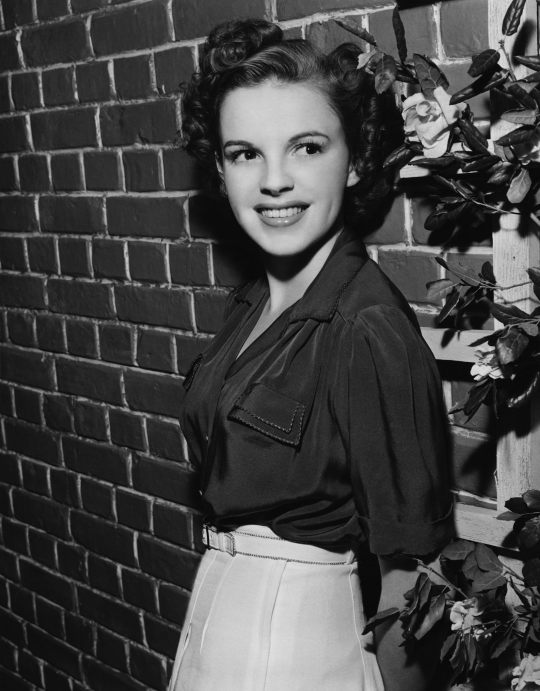
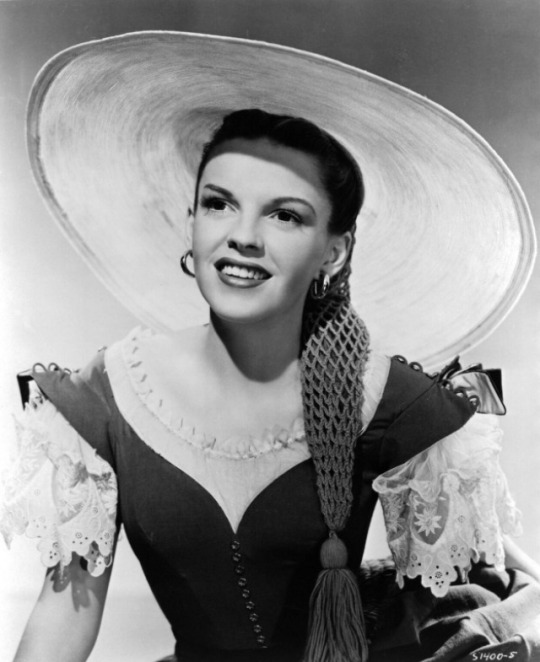

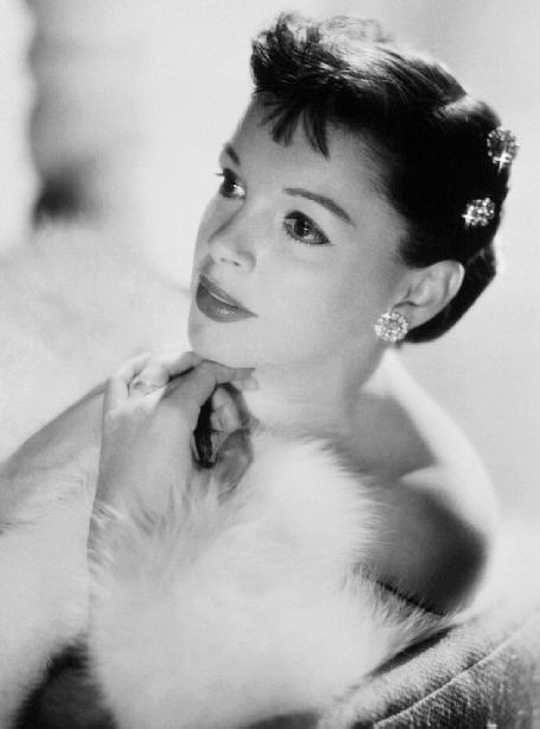
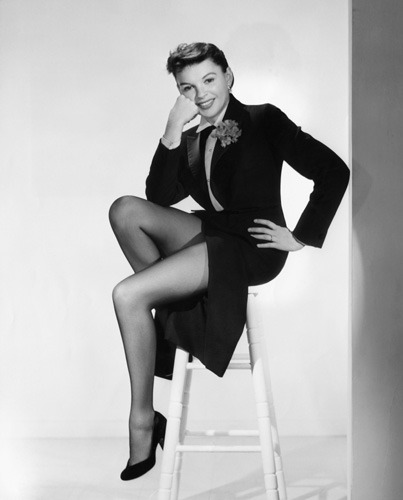
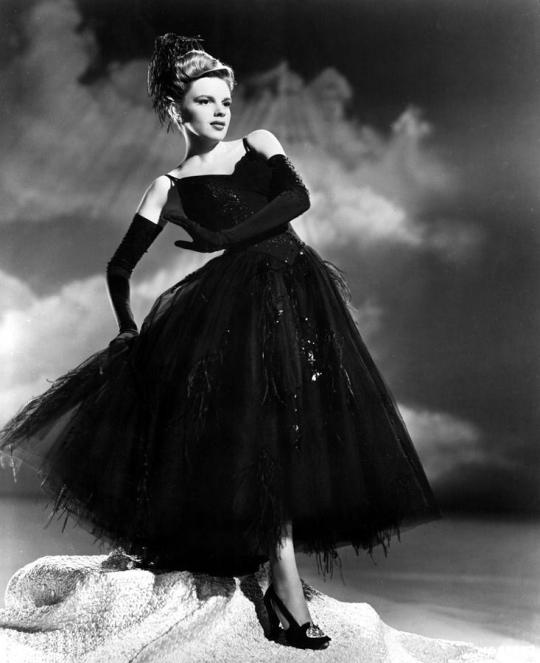
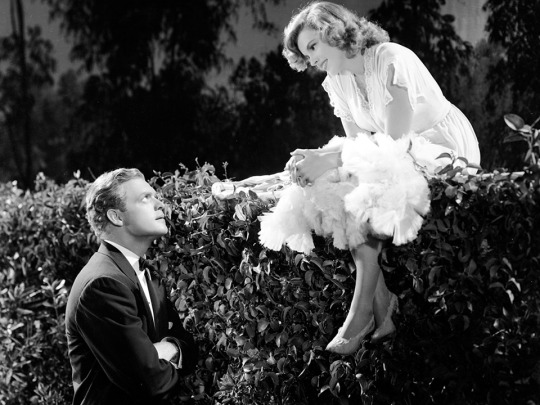
Her eyes, her voice have bewitched me
I mean how can you beat the one and only Judy? She's beautiful, her smile is contagious, the way she sings with her whole body. You can't help but love her.
youtube

Beautiful woman, love her singing voice. And she can do everything between happy or silly and angry or heartbroken

102 notes
·
View notes
Text
ENCONTRE UM AUTOR:
Envie sugestões.
Leia uma citação no modo aleatório.
Autores Desconhecidos
Adélia Prado
Adrian Tchaikovsky
Affonso Romano de Sant’anna
Alain de Botton
Albert Einstein
Aldous Huxley
Alexander Pushkin
Amanda Gorman
Anaïs Nin
Andy Warhol
Andy Wootea
Anna Quindlen
Anne Frank
Antoine de Saint-Exupéry
Aristóteles
Arnaldo Jabor
Arthur Schopenhauer
Augusto Cury
Ben Howard
Benjamin Alire Sáenz
Benjamin Rush
Bill Keane
Bob Dylan
Brigitte Nicole
C. JoyBell C.
C.S. Lewis
Carl Jung
Carlos Drummond de Andrade
Carlos Fuentes
Carol Ann Duffy
Carol Rifka Brunt
Carolina Maria de Jesus
Caroline Kennedy
Cassandra Clare
Cecelia Ahern
Cecília Meireles
Cesare Pavese
Charles Baudelaire
Charles Chaplin
Charlotte Nsingi
Cheryl Strayed
Clarice Lispector
Claude Debussy
Coco Chanel
Connor Franta
Coolleen Hoover
Cora Coralina
Czesław Miłosz
Dale Carnegie
David Hume
Deborah Levy
Djuna Barnes
Dmitri Shostakovich
Douglas Coupland
Dream Hampton
E. E. Cummings
E. Grin
E. Lockhart
EA Bucchianeri
Edith Wharton
Ekta Somera
Elbert Hubbard
Elizabeth Acevedo
Elizabeth Strout
Emile Coue
Emily Brontë
Ernest Hemingway
Esther Hicks
Faraaz Kazi
Farah Gabdon
Fernando Pessoa
Fiódor Dostoiévski
Florbela Espanca
Franz Kafka
Frédéric Chopin
Fredrik Backman
Friedrich Nietzsche
Galileu Galilei
Georg Wilhelm Friedrich Hegel
George Orwell
Hafiz
Hanif Abdurraqib
Helen Oyeyemi
Henry Miller
Henry Rollins
Hilda Hilst
Iain Thomas
Immanuel Kant
Jacki Joyner-Kersee
James Baldwin
James Patterson
Jane Austen
Jean Jacques Rousseau
Jean Rhys
Jean-Paul Sartre
Jeremy Hammond
JK Rowling
João Guimarães Rosa
Joe Brock
Johannes Brahms
John Banville
John C. Maxwell
John Green
John Wooden
Jojo Moyes
Jorge Amado
José Leite Lopes
Joy Harjo
Juan Ramón Jiménez
Juansen Dizon
Katrina Mayer
Kurt Cobain
L.J. Smith
L.M. Montgomery
Leo Tolstoy
Lisa Kleypas
Lord Byron
Lord Huron
Louise Glück
Lucille Clifton
Ludwig van Beethoven
Lya Luft
Machado de Assis
Maggi Myers
Mahmoud Darwish
Manila Luzon
Manuel Bandeira
Marcel Proust
Margaret Mead
Marina Abramović
Mario Quintana
Mark Yakich
Marla de Queiroz
Martha Medeiros
Martin Luther King
Mary Oliver
Mattia
Maya Angelou
Mehdi Akhavan-Sales
Melissa Cox
Michaela Chung
Miguel de Cervantes Saavedra
Mitch Albom
N.K. Jemisin
Neal Shusterman
Neil Gaiman
Nicholas Sparks
Nietzsche
Nikita Gill
Nora Roberts
Ocean Vuong
Osho
Pablo Neruda
Patrick Rothfuss
Patti Smith
Paulo Coelho
Paulo Leminski
Perina
Peter Ilyich Tchaikovsky
Phil Good
Pierre Ronsard
Platão
Poe
R.M. Drake
Raamai
Rabindranath Tagore
Rachel de Queiroz
Ralph Emerson
Raymond Chandler
René Descartes
Reyna Biddy
Richard Kadrey
Richard Wagner
Ritu Ghatourey
Roald Dahl
Robert Schumann
Roy T. Bennett
Rumi
Ruth Rendell
Sage Francis
Séneca
Sérgio Vaz
Shirley Jackson
Sigmund Freud
Simone de Beauvoir
Spike Jonze
Stars Go Dim
Steve Jobs
Stephen Chbosky
Stevie Nicks
Sumaiya
Susan Gale
Sydney J. Harris
Sylvester McNutt
Sylvia Plath
Sysanna Kaysen
Ted Chiang
Thomas Keneally
Thomas Mann
Truman Capote
Tyler Knott Gregson
Veronica Roth
Victor Hugo
Vincent van Gogh
Virgílio Ferreira
Virginia Woolf
Vladimir Nabokov
Voltaire
Wale Ayinla
Warsan Shire
William C. Hannan
William Shakespeare
Wolfgang Amadeus Mozart
Yasmin Mogahed
Yoke Lore
Yoko Ogawa
200 notes
·
View notes
Text

Cornelis de Vos (Flemish, 1584-1651)
Maria van Ghinderdeuren, 1625
Museum Mayer van den Bergh, Antwerp
#Cornelis de Vos#flemish#flemish art#1500s#1600s#art#fine art#european art#classical art#europe#european#fine arts#oil painting#europa#Maria van Ghinderdeuren
34 notes
·
View notes
Text
While home interiors depicted a blissful atomic future, their occupants lived in an age of revanchist conservatism. American society had become increasingly atomized and patriarchal during this time. Women were important contributors to wartime atomic science: Maria Goeppert-Mayer worked on the Manhattan project, and was awarded a Nobel Prize for her contributions to science by 1963; Leona Woods Marshall Libby worked in Enrico Fermi’s lab at the University of Chicago, where she demonstrated the first self-sustaining nuclear chain reaction. When men returned from war, many women were discouraged from continuing their careers as scientists, technologists, and academics. As mainly white working women became wives in picket-fenced suburbia, they turned to the domestic affairs of the home to regain some control. As such, the demand for Atomic Age style was created by these women’s purchasing decisions. Atomic aesthetics in the home eventually served to “feminize” the atom, further domesticating its image.
[...]
Beauty queens and pin-up girls proliferated after World War II. The new vogue for radioactivity reached pageantry, with new beauty contests celebrating all things nuclear. From Miss Atomic Blast to Miss Atomic Bomb, this cheerful embodiment of lethal nukes has been described variously as commercializing, feminizing, and disarming the atom. By 1955, atomic pageantry had diversified to celebrate and normalize uranium mining and nuclear energy, as Colorado and Utah became home to expansive uranium mining programs. In a contest sponsored by the Uranium Ore Producers Association and the Grand Junction Chamber of Commerce to celebrate Colorado’s uranium mining boom, the winning Miss Atomic Energy was rewarded with a truckload of uranium ore worth approximately $5000 in today’s money — and a trophy in the shape of Rutherford’s iconic atomic model.
The bikini bathing suit debuted in 1946, taking its name from Bikini Atoll, where the U.S. undertook its first nuclear weapon detonations since Hiroshima. Louis Réard’sdesignwas itself derived from a less revealing French design created by Jacques Heim, known as “L’atome.” Both garments played with the semiotics of nuclear warfare. Models were initially scandalized by the bikini’s skimpiness and refused to wear it. By 1951, however, a bikini round had been integrated into the annual Miss World competition, further linking the atom with ideals of feminine beauty.
41 notes
·
View notes
Text
Mick Management Doesn’t Just Represent Artists — It’s in the ‘World-Building’ Business
"We don't like to refer to ourselves as a management company anymore. We're a music company," says partner Jonathan Eshak.
BY FRANK DIGIACOMO 7/22/2024

Jonathan Eshak (left) and Michael McDonald photographed on June 3, 2024 in Los Angeles. Michael Buckner
Given the multitude of distribution, streaming, promotion and marketing options and expectations, the business of becoming an established artist has turned into a seriously heavy lift for music acts and their managers. It’s one reason that Mick Management partner Jonathan Eshak says, “We don’t like to refer to ourselves as a management company anymore. We’re a music company. What we do more than anything else is brand development, artist development — world-building … We’re not just trying to keep the train on the tracks.”
Eshak and his partner, Michael McDonald, the company’s founder, got into management after immersing themselves in other sectors of the business. McDonald served as Dave Matthews Band’s tour manager before co-founding ATO Records in 2000 with Matthews; his manager, Red Light founder Coran Capshaw; and Chris Tetzeli, who went on to start 7S Management. He opened Mick the following year with John Mayer as one of his first clients and, in 2004, brought on data savant Eshak, who worked at Universal Music Publishing Group (and is the twin brother of Island Records co-CEO Justin Eshak). Jonathan became a partner in 2015.
With a staff of approximately 20 in New York, Los Angeles and Nashville, the duo has built a boutique firm — with its own record label, Mick Music, distributed by Believe — that represents Maggie Rogers, who released the critically praised Don’t Forget Me in April; Leon Bridges and Ray LaMontagne, who will both release albums later this year; The Walkmen and the solo career of their frontman, Hamilton Leithauser; Sharon Van Etten; Brett Dennen; Mandy Moore; My Morning Jacket; and The Marias.
In a fragmented culture where “it’s very hard to find water-cooler moments,” according to Eshak, Mick’s team excels in building committed fan bases for a roster of individualistic artists who punch above their weight. “Artists all define success differently, and we understand that,” he adds. “We understand that there’s no one way of doing it anymore.” Their bespoke approach has resulted in some notable recent successes. In August, Rogers will embark on an international arena tour — including two shows at Madison Square Garden — though she has yet to achieve platinum sales with an album. In 2018, Leithauser began a five-night residency at the swank, 100-capacity Café Carlyle in New York, playing to “a few die-hard Walkmen fans and some fairly confused business travelers,” as Eshak puts it. This year, Leithauser sold out 12 nights, and the concept will be expanded with potential notable guests in 2025. And in June, The Marias celebrated the release of their new album, Submarine, with a secret pop-up show in downtown Los Angeles for approximately 5,000 fans. Eshak says 38,000 RSVP’d.
“What each of those things speak to is us finding interesting ways that the artists appreciate and superserve fan bases,” McDonald says.

What are the challenges of running an artist management company today versus 25 years ago?
Jonathan Eshak: When I first started with Michael, the sky had started to fall on the recorded-music business. This was the dawn of file-sharing companies like Napster and Kazaa. It was attractive to join Michael for that very reason. He was coming from building a world that was unique, not just to the ebbs and flows of the success of recorded music but also, how do you do things well in touring, merchandising, etc. He understood the creation of cultures, having worked with Dave Matthews and Coran.
Like the Grateful Dead, Matthews built a culture around his music.
Eshak: The Dead were the godfathers of that, and Mick’s ethos effectively starts there. While the challenges of the industry have evolved, the code of building an artist’s career remains the same. Which is, how do you focus on building a meaningful, long-lasting relationship with your fan base? We always say, “How do we make the artist the hit and not just the songs?” Music is just part of the cocktail. It’s also, how are we creating a dynamic of connectivity between the artist and the fan? How are we merchandising with them? How are we creating live shows that are meaningful, that evolve? There’s been a lot of lip service about artist development throughout the history of recorded music.
Michael McDonald: There were fewer breakthrough moments then, whereas today, because of the way technology and culture has evolved, it’s been democratized. The upside is that more people can succeed. The downside is there are fewer channels that create that star-turn moment.
Maggie Rogers seems to be a prime example of someone who has grown through connectivity with her fans.
Eshak: Maggie has understood the importance of connectivity from the start. She had this moment of Pharrell-ity, for lack of a better word, and instead of sitting back and working that, she understood the importance of going around the world and connecting with her fans face-to-face. To your point, she’s doing two nights in Madison Square Garden without a platinum record. Now, she obviously wants that and we want that for her, but people who are in are in. Even as she’s grown, the No. 1 thing on the checklist is, what are we doing for that audience?
What’s an example of that?
Eshak: When we were announcing the fall arena tour, we created pop-up shops in all the markets where people could line up to buy exclusive merchandise and, most importantly, reduced-price tickets. She was hearing from unsettled fans about ticket prices, so we tried to create solves. Fans could walk [into the pop-ups], point at a seat map and get a ticket that was going to cost less than if they paid for it online. Because of that, her fans understand that she sees them.
What questions do you ask before signing an artist?
McDonald: Most importantly, “Do we love the music? Do we feel like we can really grow this career?” And then, “Do they, will they, work hard?” We can’t want it more than they do. Some of this is research you can do before you meet the artist. Much of it we do through conversations, but there’s also data that’s crucial. We’ve had great success following our passion and guts, but to not use the tools at our disposal to help make those decisions would be foolish. Data is a great strength of Jonathan’s and why we’ve evolved in using it to inform decisions but never to unequivocally make decisions. If we did, we never would have signed some of the artists we have.
Why did you partner with Firebird?
McDonald: Firebird brings us resources that a company our size doesn’t have. There’s a data department and an analytics department of 10 to 15 people. There’s a finance department. There are all sorts of things that allow us to double down on the data and free us up to stay focused on our artists.

What’s your pitch to artists you want to sign?
Eshak: It really comes down to having a shared code, so it’s important that we take the time to sit down with artists and say, “What are your life goals in addition to success in recorded music?” This is such a deep relationship that we talk all the time. We talk on weekends. We’re there with them for very big life stages, and it’s really important for us to have at least a common set of goals because it takes a lot out of everybody. Where we do a good job is acting almost as coaches now. It’s our job to be highly informed about how people are having success, distilling that and applying it to the artists that we represent, who are all quite different. In other words, how can we do this with you so that you remain true to yourself? We can’t do that for a thousand artists. It’s not the business model that Michael and I have elected to build.
You have a label.
Eshak: We have a label, and we’re working with some of our artists whose repertoires are returning to them and they need a mechanism to put music out. Some of it is also identifying artists that we like and helping them put music into the world.
Do you encourage your artists to own their masters?
McDonald: One hundred percent, whenever possible. Today, we would be hard pressed to pursue a deal that started with perpetuity music being somewhere else. There’s always a chance that it’s going to happen, and ultimately, it’s an artist’s decision. If they feel like this is their shot and they’re willing to give that up — absolutely. But one of the reasons we created the label was to say, “All right, let’s have an easy mechanism where we can control the deal terms. Let’s put music out and try to build on that. Then, if a great licensing option is not available today, let’s take a year and try to build something.” Ray LaMontagne’s album Trouble reverted to him in May after 20 years. So it’s not always a three-year or five-year reversion. But 20 years ago, we were able to take a long view and say, “Let’s take whatever percentage less today so at least there’s the option to sell those recordings X number of years later.”
Are your agreements with artists traditional percentage deals or partnerships?
McDonald: It varies. We have a lot of traditional deals, but any time we’re in true partnership, where we’re sharing [intellectual property] with an artist, it’s fully above board and clear with everyone’s legal teams. There is an evolving way that artists are going to get into business with different companies. We welcome that as things evolve.

(x)
#this is an interview w julien’s new manager for those who are interested#non-paywalled link at the end#it seems like they take a more hands on approach w their artists which is great#i like how fan oriented they seem to be#jb#julien baker#jonathan eshak#michael mcdonald#mick management#2024#july 2024#interview#archival
7 notes
·
View notes
Text
Irina Alexandrovna Romanova (1895 -1970)
When Grand Duke Alexander Mikhailovich married Grand Duchess Xenia Alexandrovna (sister of the then Tsarevich Nicholas Alexandrovich), he was marrying one of the best matches in Europe: Xenia was the daughter of the Tzar Alexander III and the sister of the future Tzar Nicholas II. She had been in love with "Sandro," her second cousin, since childhood (and he saw no reason to discourage her affections, of course)
Sandro and Xenia had seven children. Irina was their first child and only daughter. This beautiful, quiet, delicate child was the first grandchild of Alexander III (who died the year before she was born) and would be the only biological niece of Tzar Nicholas II.

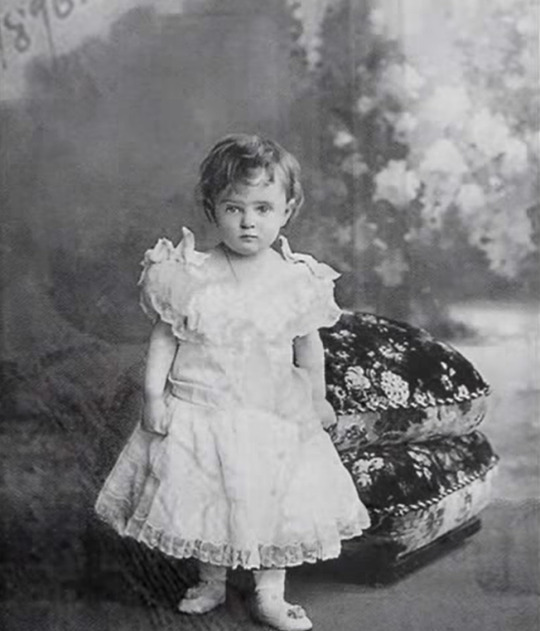
During the first few years of their respective marriages, the Tzar and Empress Alexandra and Grand Duke Alexander and Grand Duchess Xenia spent a lot of time together, and their daughters Olga and Tatiana, and Irina being very close in age, spent a lot of time together and developed a relationship. Distance would later grow between the couples and the children.
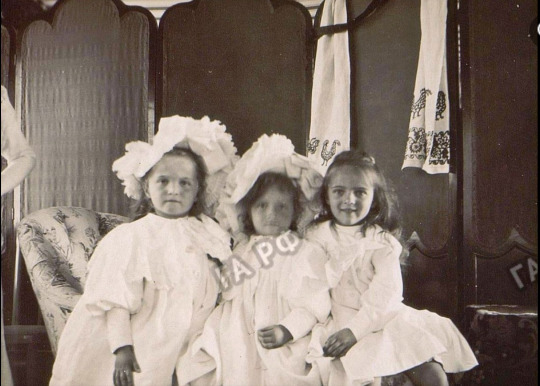
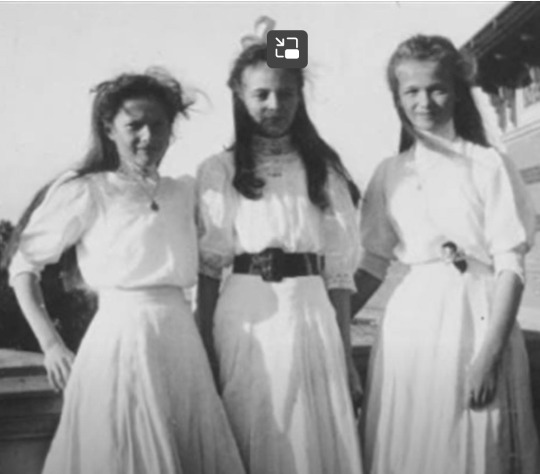
By the time Xenia was pregnant with her seventh child, her marriage to Sandro had gone sour. Sandro had fallen in love with a French/Spanish woman and was having an affair with her. Subsequently, Xenia started an affair of her own. Some sources say that they managed to keep their marital problems from their children; others that their quarrels might have had something to do with Irina's decision to marry Prince Felix Yusupov when he asked.


Felix was handsome, extremely smart, and one of the richest men in Russia, but he had a reputation. Irina accepted him as a bridegroom regardless of her parents' misgivings. Felix had a wild youth which seemed to include affairs with men and women. He enjoyed dressing as a woman and wearing his mother's jewels; apparently, he even caught Edward VII's eye at some point. When the Dowager Empress Maria Feodorovna talked with him about this behavior before his marriage to Irina, he did not deny it. Still, he said that his wild days were over, and he was very much in love with Irina.



Irina had no qualms about signing away succession rights for their future progeny when she married Felix, who was not royal (their marriage was morganatic.) She married him wearing a veil that had belonged to Marie Antoinette. Both looked beautiful. Their wedding was the last grand happening (1000 guests) before the Great War.

Felix and Irina were out of Russia when WWI started and had difficulty passing through Germany to return to Russia.
The Yusupovs settled in a section of Felix's parents' Moika Palace. Felix and Irina had one daughter (whom they named Irina but called "Bebe") and helped the war effort in Russia by opening two hospitals and a sanatorium in their Crimean state of Koreiz.
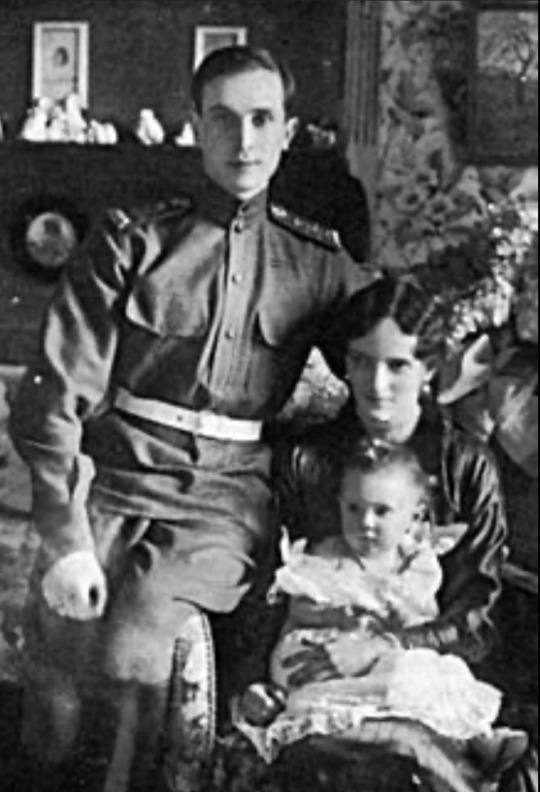
Felix would go on to kill Rasputin (he was banished to Koreiz by the Tzar) in a misguided effort to help the dynasty survive. As things in Russia became worse. A group of members of the Imperial Family, including the Dowager Empress, Irina's parents and brothers, and several Grand Dukes and their families, avoided being imprisoned and murdered by seeking shelter in Crimea. The Russians held them, prisoner until the Treaty of Brest-Livtosk was signed. Interestingly enough, the Germans liberated them. They left Russia in a warship sent by England to rescue the Dowager Empress.
They lived in an apartment Felix had in London; they had also smuggled out paintings and jewelry. There was a car they had not used in years waiting in a garage in Paris. The couple was extremely generous to the Russian Community and gave a lot to the exiles in need. They eventually bought a mansion in Paris and opened a couture house in Paris, which was very successful for a few years.


Felix and Irina lead an expensive lifestyle, and their couture business went bankrupt (after significant success.) By 1934, as luck would have it, Metro-Goldwyn-Mayer released a film named "Rasputin and the Empress." Felix sued the company for slandering Irina and won the lawsuit. He also released two books which did very well.
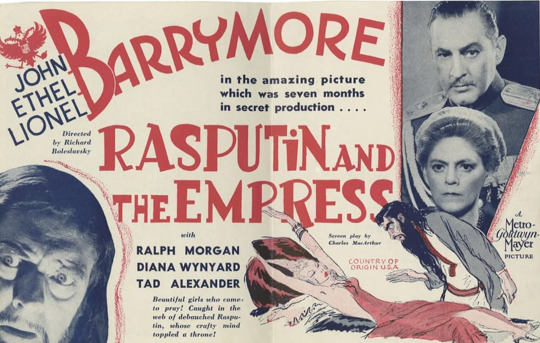
After this, the coupled lived a quiet life (for them), supporting young artists and attending various functions of the Russian emigre community.
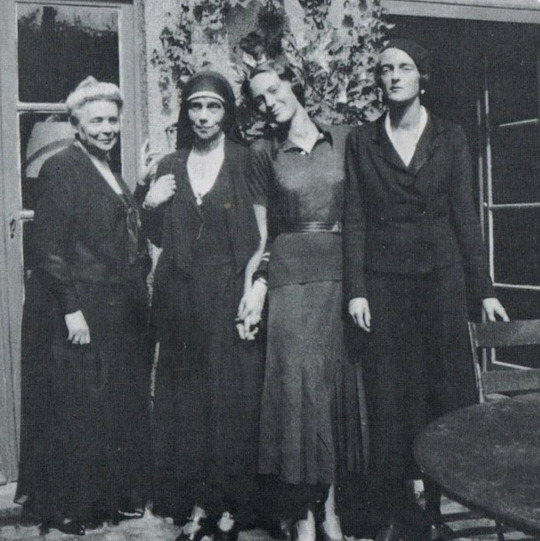

Irina remained close to all her relatives and helped them whenever she could. Her father, Grand Duke Alexander Mikhailovich, died in her arms.
Felix's and Irina's marriage turned out to be a great success. They were married and lived together, supporting and caring for each other for over fifty years. When Felix died in 1967, Irina was grief-stricken. She died three years later.
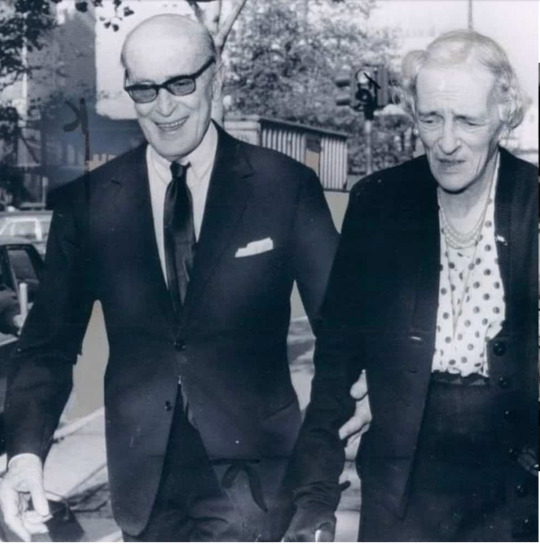

#russian history#romanov dynasty#Imperial russia#NAOTMA#Grand Duchess Xenia Alexandrovna#Princess Irina Alexandrovna#Prince Felix Yousupov#IRFE#Grand Duke Alexander Mikhailovich
93 notes
·
View notes
Text
Tentative list for best horror and thriller girls:
1. Maria from Mad Father
2. Reiko Mikami from Another
3. Bridget, from the webtoon Nonesuch,
4. Ha-Im, from webtoon Never-ending Darling.
5. Riot Maidstone (from Hello From The Hallowoods),
6. Martha from Ravenous 1999
7. Grace, from Ready or Not (2019).
8. Regan Abbott (A Quiet Place)
9. Ava (Ex Machina)
10. Beatrice (Over the Garden Wall)
11. Jennifer from Jennifer’s Body
12. Rozy from the guy upstairs
13. Rachel (Rachel Rising comic book series)
14. Amanda Young, SAW,
15. Wendy Torrance, “The Shining” movie
16. Pannochka - Viy
17. Blind Mag (Repo! The Genetic Opera)
18. Sasha from the magnus archives
19. Mina Harker (Dracula
20. Lex Foster from Black Friday.
21. Charlotte from Hello Charlotte!
22. Carrie White, Carrie
23. Scarlet, I’m the Grim Reaper
24. So Jung-hwa, Strangers from Hell
25. Dana Scully, The X Files
26. Akane Tsunemori, Psycho Pass
27. Mima Kirigoe, Perfect Blue
28. Nina Fortner, Monster
29. Eva Heinemann, Monster
30. Edith Cushing, Crimson Peak
31. Lucille Sharpe, Crimson Peak
32. Ellen Ripley, Alien
33. Clarice Starling, Silence of the Lambs
34. Lisa Reisert, Red Eye
35. Laurie Strode, Halloween
36. Kayo Hinazuki, Erased
37. Hondomachi, ID Invaded
38. Yonaka Kurai, Mogeko Castle
39. Ib, IB
40. Re-L Mayer, Ergo Proxy
41. Kyun Yoon, Bastard
42. Jisu, Sweet Home
43. Lauren Sinclair, Purple Hyacinth
44. Nita, Market of Monsters series
45. Rose the Hat from Doctor Sleep (2019 movie and Stephen King book)
46. Sidney Prescott from the original Scream movies,
47. Jade Daniels, Indian Lake Trilogy/My Heart is a chainsaw by Stephen Graham Jones
48. Villanelle, killing eve
49. Harrow from gideon the ninth/Locked Tomb
50. Maggie, Everything is Fine
51. Chaerin Eun, Surviving Romance
52. Finn, I’m Dating a Psychopath
53. Rayne Liebert, Homesick
54. Ha-im Yun, Never Ending Darling
55. Ashlyn Banner, School Bus Graveyard
56. Chae-ah Han, Trapped
57. Jeongmin Choi, Dreaming Freedom
58. Frankie, Stagtown
59. India Stoker, Stoker
60. Nam-ra, All of Us Are Dead
61. Ji-woo, My Name
62. Nanno, Girl From Nowhere
63. Emerald, Nope
64. Jessica Jones
65. Susy, Wait Until Dark
66. Margot, The Menu
67. Vera, Just Like Home
68. Rosemary, Rosemary’s Baby
69. Gertrude Robinson, The Magnus Archives
70. Alex, Oxenfree
71. Margaret Lanternman/The Log Lady, Twin Peaks,
72. Audrey Horne, Twin Peaks,
73. Su-an, Train to Busan
74. Ji-a, Tale of the Nine Tailed
75. Cha Ji-won, Flower of Evil
76. Coraline
77. Helen Lyle, Candyman
78. Nancy, Nightmare on Elm Street
79. Mrs. De Winter, Rebecca
80. Mrs. Danvers, Rebecca
81. Shiki Ryougi, Garden of Sinners
82. Kirsty Cotton, Hellraiser
83. Pearl, Pearl
84. Take-ju, Thirst
85. Suzy Bannion, Suspiria
86. Lain, Serial Experiments Lain
87. Asami Yamazaki, Audition
88. Naru, Prey
89. Eli, Let the Right One In
90. The Girl, A Girl walks home alone at night
91. Cecilia, Immaculate
92. Evie Alexander, The Invitation
93. Maren, Bones and All
94. Michelle, 10 Cloverfield Lane
95. Thomasin, The VVitch
96. Emma, None Shall Sleep
97. Contestanta, A Dowry of Blood
98. Brigid O’Shaughnessy, Maltese Falcon
99. Sandra Voyter, Anatomy of a Fall
100. Lisa, Rear Window
9 notes
·
View notes